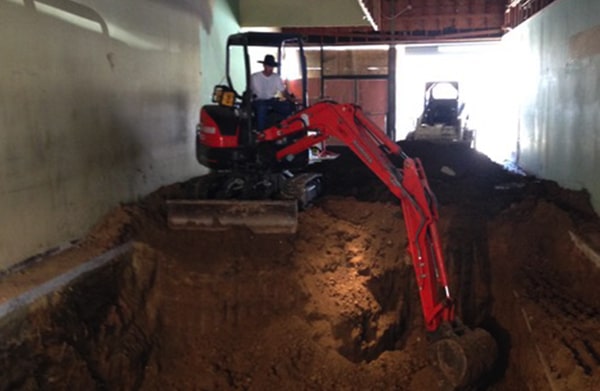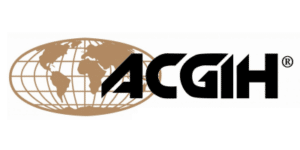Phase III Environmental Site Assessment (ESA)
Omega’s team has decades of experience designing evaluations of chemical contamination and developing remediation plans to facilitate cleanup of diverse sites and geologic settings. A Phase III Environmental Site Assessment (ESA), also known as a remedial investigation or feasibility study, is yet another crucial step in environmental due diligence when conducting a property transaction or when developing a property that requires remedial action.
Before a Phase III can take place, the initial step is a Phase I ESA, which is an initial evaluation that examines the property’s historical uses to determine if chemical contamination may have occurred on the site. Next, a Phase II ESA uses intrusive sampling methods to determine the types of contaminants that may be present in soil, groundwater, or storage containers on the site.
A Phase III ESA is necessary when chemicals or hazardous materials are identified in the previous assessments. Omega’s experienced environmental professionals will use the information gathered from the Phase I and II ESAs to further characterize the extent of the contamination and to devise and conduct a remediation plan suitable to applicable regulatory requirements as well as the client’s needs.
Components of a Phase III ESA
Depending on the types of chemicals or hazardous materials found onsite during the Phase II ESA, Omega staff will use various methods to further characterize the site and determine the extent of the contamination. For example, if a chemical plume is discovered in the soil or groundwater below the site, a Phase III will use further intrusive testing to determine the size and source of the plume.
Once the magnitude of the contamination has been determined, Omega will develop a remediation plan to clean up the chemicals and hazardous materials onsite. The scope of the remediation plan depends on the environmental media affected, the chemical contaminants involved, and the extent of the contamination in soil and/or groundwater.
Omega will create a remediation plan that meets acceptable levels of site cleanliness according to federal, state, and local regulations at a minimum. Some property owners may choose to clean up a site until any contaminants are completely removed or at undetectable levels.
Common Phase III Remediation Practices
- Soil remediation, including excavation and disposal or cleaning of soils
- Groundwater remediation and monitoring
- Soil vapor extraction and air sparging
- Monitored natural attenuation
- Bioremediation
- In situ thermal treatment
- Capping
While many remediation options exist for various complex site contamination dynamics, Omega’s experts will determine the most feasible and efficient solution for your site’s needs. Contact us to schedule an environmental site assessment to evaluate contamination sources, develop a mitigation workplan, and to avoid costly environmental liability in the future.

Request a Phase III Assessment






